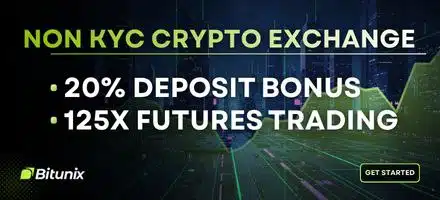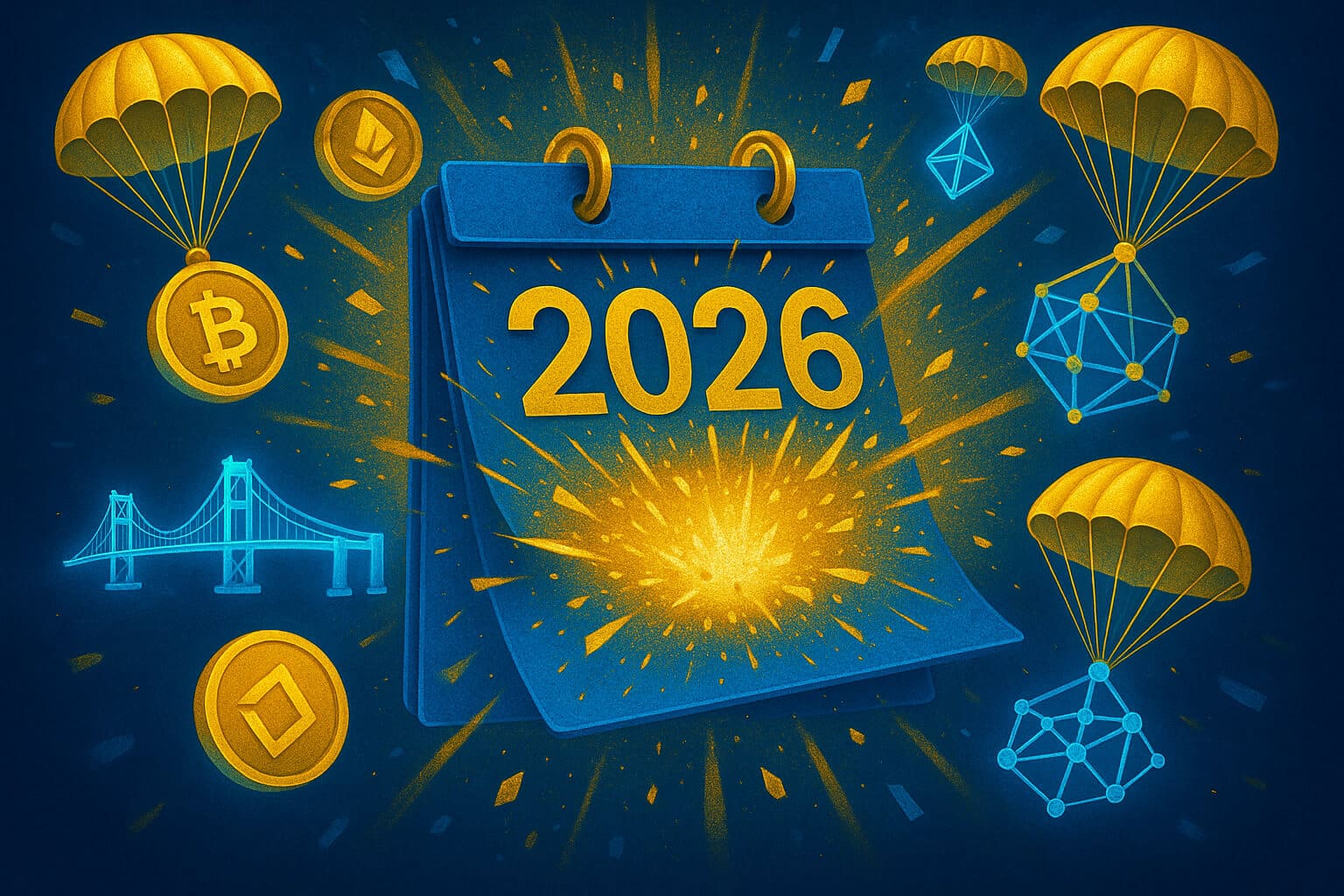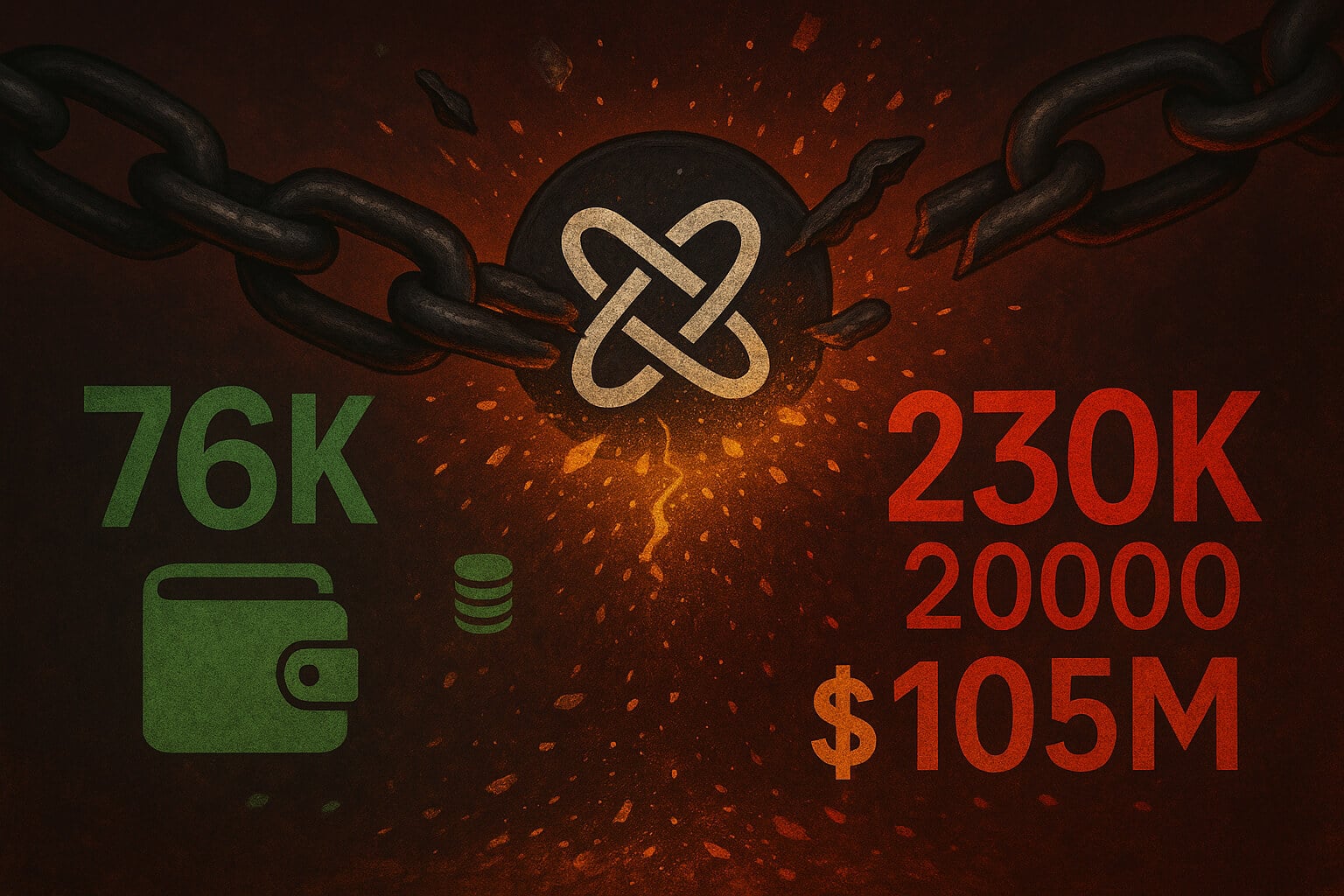Emerging Trends in DeFi for 2024: Shaping the Future of Finance
Decentralized Finance (DeFi) has been one of the most transformative innovations in the blockchain space. As we move into 2024, the DeFi landscape continues to evolve rapidly. New projects and trends are emerging, promising to further revolutionize financial systems. This article explores the key trends in DeFi for 2024, highlighting the latest projects and innovations poised to shape the future of decentralized finance.
1. The Rise of Layer 2 Scaling Solutions
As the demand for DeFi services grows, the need for more scalable blockchain solutions becomes more critical. Layer 2 scaling solutions, which operate on top of existing blockchains like Ethereum, are becoming increasingly popular.
Overview:
Layer 2 solutions aim to address the scalability issues of Layer 1 blockchains by processing transactions off-chain and then settling them on-chain. This method reduces congestion, lowers transaction fees, and increases throughput.
Key Projects:
- Arbitrum: A leading Layer 2 solution for Ethereum, Arbitrum enables faster and cheaper transactions while maintaining security.
- Optimism: Another Ethereum Layer 2 solution, Optimism enhances DeFi by providing a scalable infrastructure for decentralized applications (dApps).
Impact in 2024:
Layer 2 solutions will play a critical role in the continued growth of DeFi. They make decentralized applications more accessible to a broader audience, particularly in terms of transaction speed and cost.
Learn More:
2. Institutional DeFi Adoption
In 2024, we expect to see a significant increase in institutional adoption of DeFi platforms. Institutions are recognizing the potential of DeFi to offer high yields, greater transparency, and more efficient financial services.
Overview:
Institutional DeFi adoption involves large financial institutions, such as banks and hedge funds, integrating DeFi protocols into their operations or creating their DeFi solutions.
Key Projects:
- Aave Arc: Aave’s permissioned liquidity pool is designed specifically for institutions. It allows institutions to participate in DeFi within a compliant framework.
- Compound Treasury: Compound Finance offers a product that gives institutions access to high yields on US dollars, integrating DeFi into traditional finance.
Impact in 2024:
As more institutions enter the DeFi space, we can expect greater liquidity, more robust security measures, and the development of new financial products tailored to institutional needs.
Learn More:
![]()
3. Growth of Decentralized Autonomous Organizations (DAOs)
DAOs are gaining momentum as a governance model in the DeFi space. These organizations allow communities to have a direct say in the management and direction of DeFi projects.
Overview:
A DAO is an organization governed by smart contracts and token holders rather than a central authority. Decisions are made through a voting system, ensuring that all stakeholders have a voice in the project’s future.
Key Projects:
- Uniswap DAO: Uniswap, one of the largest decentralized exchanges (DEXs), has a DAO that allows token holders to propose and vote on changes to the protocol.
- MakerDAO: MakerDAO governs the DAI stablecoin, allowing MKR token holders to participate in key decisions, such as setting interest rates and collateral requirements.
Impact in 2024:
DAOs will continue to grow in influence, shaping the governance of DeFi projects and ensuring that they remain decentralized. The success of DAOs could lead to broader adoption of decentralized governance in other sectors.
Learn More:
4. DeFi Meets Real-World Assets
Tokenizing real-world assets (RWAs) and integrating them into DeFi protocols is a trend that is gaining traction. This fusion of the physical and digital worlds could unlock new opportunities for both retail and institutional investors.
Overview:
Real-World Assets in DeFi involve the tokenization of tangible assets like real estate, commodities, or invoices, making them tradable on blockchain networks.
Key Projects:
- Centrifuge: A DeFi platform that bridges real-world assets with decentralized finance, allowing businesses to finance their invoices through tokenized debt pools.
- RealT: A platform that tokenizes real estate properties, enabling fractional ownership and trading of properties on the blockchain.
Impact in 2024:
The integration of RWAs into DeFi will likely expand the range of assets available for trading and investment. This expansion will increase liquidity and bring more stability to the DeFi ecosystem.
Learn More:
5. Evolution of DeFi Derivatives
DeFi derivatives are becoming more sophisticated, with new products emerging that offer traders advanced options for hedging, speculation, and risk management.
Overview:
DeFi derivatives are financial instruments whose value is derived from an underlying asset, such as cryptocurrencies, commodities, or fiat currencies. These derivatives include products like futures, options, and swaps.
Key Projects:
- dYdX: A decentralized exchange specializing in derivatives trading, dYdX offers perpetual contracts with high leverage.
- Synthetix: Synthetix allows users to create and trade synthetic assets, which are tokenized derivatives representing real-world assets.
Impact in 2024:
The development of DeFi derivatives will attract more sophisticated traders to the DeFi space. These developments will increase market depth and provide new tools for portfolio management.
Learn More:
6. Enhanced DeFi Security Measures
As DeFi grows, the need for improved security measures becomes more pressing. In 2024, we expect to see more robust security frameworks being implemented to protect users and protocols from exploits and hacks.
Overview:
Security in DeFi involves developing tools and practices designed to protect decentralized applications (dApps) from vulnerabilities and attacks. This protection includes smart contract audits, insurance protocols, and decentralized security solutions.
Key Projects:
- Nexus Mutual: A decentralized insurance protocol that provides coverage against smart contract failures, ensuring that users are protected in the event of a hack or exploit.
- CertiK: A blockchain security firm offering smart contract auditing and security solutions for DeFi projects.
Impact in 2024:
Enhanced security will build trust in DeFi, encouraging more users and institutions to participate in the ecosystem. It will also reduce the risk of high-profile exploits, which have previously caused significant market disruptions.
Learn More:
Conclusion
The DeFi landscape in 2024 is set to be more dynamic and innovative than ever. From the rise of Layer 2 solutions to the growing importance of DAOs and real-world asset integration, DeFi is rapidly evolving. These trends are not only reshaping the financial industry but also creating new opportunities for investors, developers, and users alike.
For those looking to stay ahead in the DeFi space, understanding and engaging with these emerging trends will be crucial. The future of finance is decentralized, and these developments are paving the way for a more inclusive and efficient financial system.
For more in-depth analyses and guides on cryptocurrency trading and best practices, visit our crypto guides and news page.
If you’re interested in learning more about cryptocurrency trading and investment strategies, visit our Trading and Investment section.
Stay Updated
For the latest airdrops and crypto news, follow us on:
Stay informed with the latest updates, analyses, and strategies to help you navigate the world of cryptocurrency at FreeCoins24.io.
Special Offer
For an enhanced trading experience, consider Bybit. Sign up through our referral link to unlock exclusive rewards, including up to $30,000 in deposit bonuses, and elevate your trading journey.
















